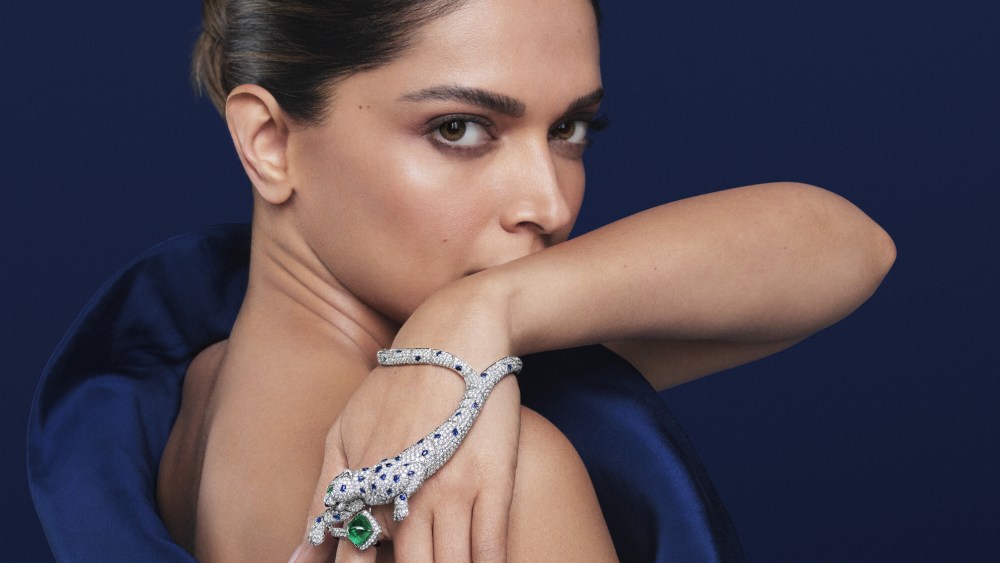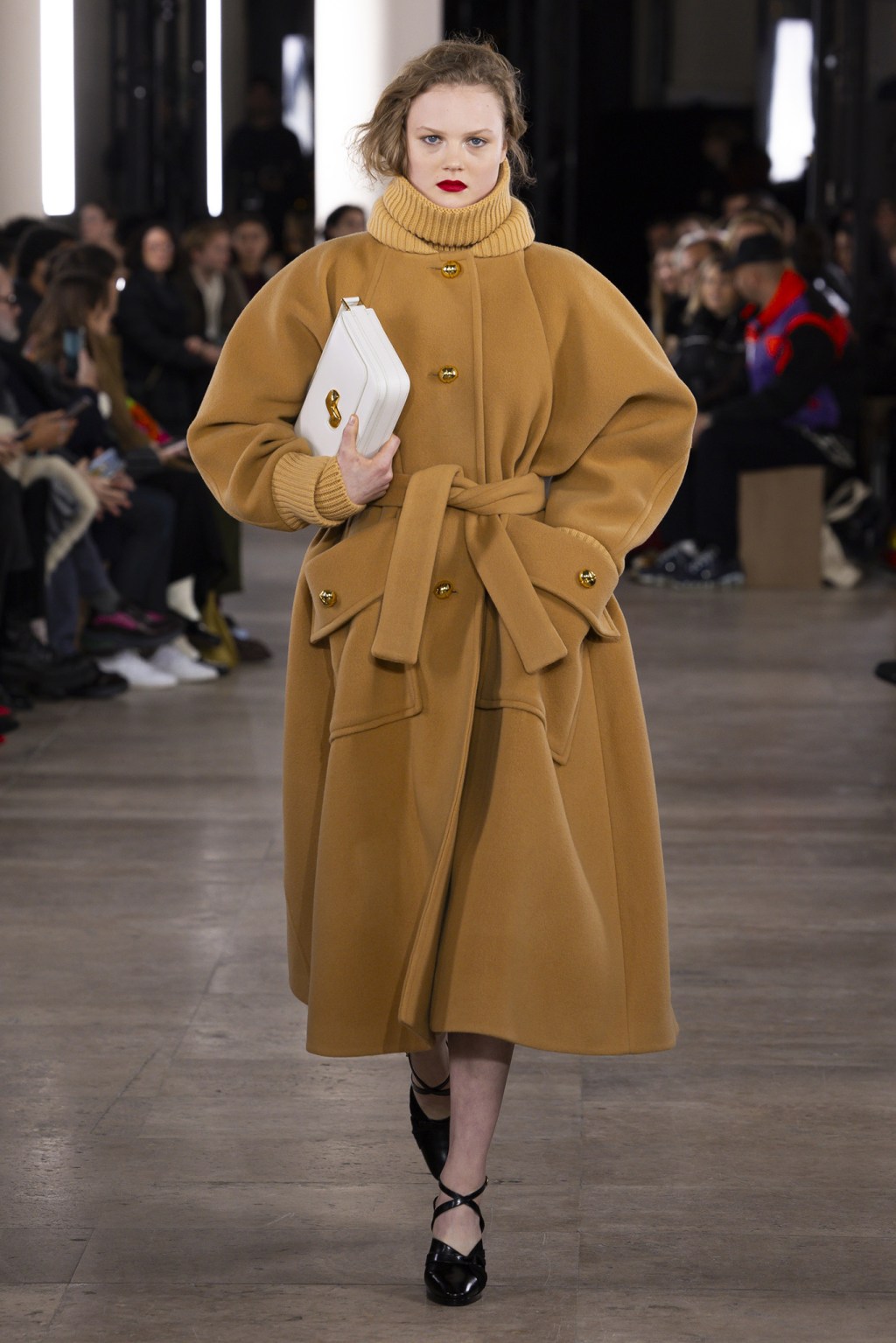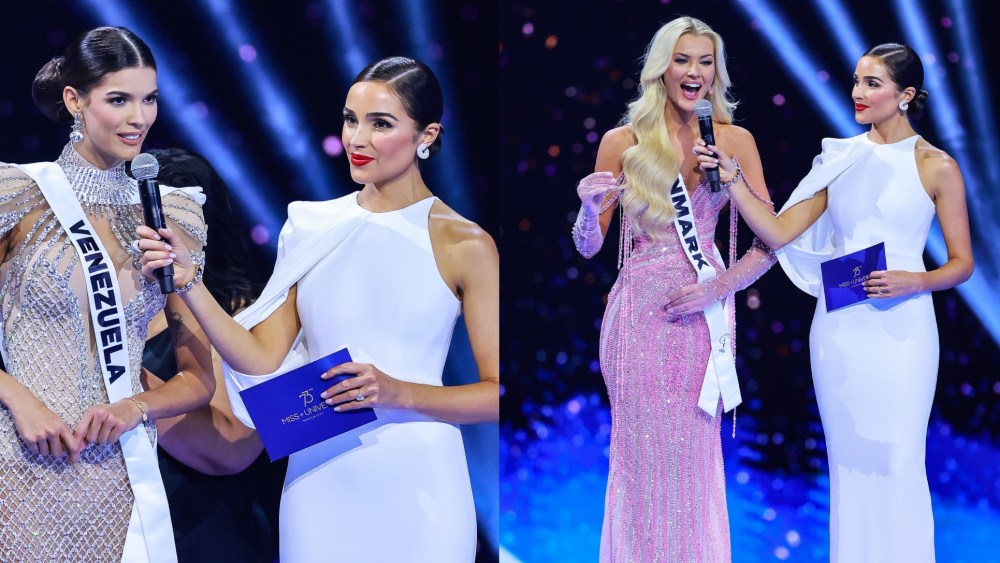PARIS — Warmer days are at hand as June nears yet Cartier’s panther is still leaping through an ice floe.
It was captured in action as the Panthère des Glaces necklace, one of the standout pieces of the jeweler’s new “Nature Sauvage” high jewelry collection that was unveiled Monday in Vienna.
“We wanted to take a fresh look at the Cartier bestiary, focusing on it and giving it modernity through unexpected encounters,” the jeweler’s creative director of high jewelry Jacqueline Karachi told WWD at a preview.
Though figurative designs are at the center of the new collection, Karachi and her teams wanted to tell novel stories, travel into imaginary locales and stage animals in unusual scenes.
Cue that cold-weather feline, alongside a flamingo nesting in a décolletage, a turtle diving down toward a brightly colored gem, a dragon curling at the base of the neck, a zebra turning into a graphic striped collar and even a beetle soaring into the sky, with a geometric necklace for a contrail.
If many of the species come as no surprise to the Cartier devotee, Karachi felt the animal realm was only the starting point of the journey.
“The surprise is less in the choice of the animals but rather in the context and the story around them,” she said. “The animals blend into their environment to the point of hybridization and that was something particularly interesting to us.”
Occasionally it took a bit to find what the creatures are or where they hiding. “Fold back two elements on the brooch and you find out it’s a turtle, while the necklace itself has something more floral to it,” she said of the Mochelys necklace.

Likewise, the beetle served as the mechanism on a zip-style fastening. “It amused us very much,” she admitted. “Once you have found it, you understand [its] flight and we liked the ‘second reading’ side, where not everything is said at first.”
Karachi was also keen to capture “a snapshot in nature, in the life of the animal, which is more important than surprising through an unusual animal.”
Bringing a contemporary twist were the geometries lifted from city structures and modern buildings, which dovetailed with animal motifs.
“Through the detail of volumes and stone-setting, we staged stones that could have been classic to evoke a crocodile skin,” she said of the Scuttella ring with its 3.48-carat diamond centerpiece.
Another example is the Amphista necklace, where the geometric scale pattern of two snakes pivot into vertical stretches of square diamonds and octagonal Colombian emeralds.
Throughout, gems were the final influence on each design. “It’s really the spirit of the stone that will give us the spirit of the creation,” Karachi said.
Exceptional specimens included a sizable 71.9-carat drop-shaped rubellite cabochon, a 38.5-carat aquamarine, an 8.63-carat sugar loaf-shaped Zambian emerald as well as a kite-shaped D internally flawless Type Iia certified diamond, the centerpiece clutched by the feline on the Panthère des Glaces necklace.

“The entire architecture of the piece was thought around this stone, from the rock crystal that outlines it to the V shape of the necklace that highlights this cut,” she explained. “The power of this animal, its purposeful character, its boldness are in service of this stone.”
This design also epitomized the contemporary approach Karachi intended in the collection, particularly when it comes to techniques. “We always try to push further the boundaries of know-how,” she said.
Also being questioned are the classic shapes found in European jewelry tradition.
Case in point: the articulated ring-bracelet Panthère Jaillissante, with its sapphire-flecked diamond coat. Here, the panther’s long tail curls around the wrist as it stretches across the top of the hand and ends in a ring with that sugar-loaf emerald.
“It’s innovative because it needs to be sculpted on the hand but be adaptable to a number of morphologies, follow the movements without hindering movement,” she said. “It’s a way of living with this sculpture, this animal and bringing it alive.”
“When you wear a piece like this one, you are affirming a certain personality. It’s also interesting to see the interaction between the animal and the person who wears it because no one chooses a piece at random,” she said. “We wanted to work on expressive pieces who have spirit and trace back to the personality, the spirit, the difference of each animal, which brings us to the uniqueness of each person,” Karachi added.
The first one to sport these figurative designs is actress Deepika Padukone, who was already a global ambassador of the house and will now be the face of this collection and its campaigns.
Lauding the jeweler’s timelessness and iconic designs, she declared she was “thrilled to be part of the Nature Sauvage high jewelry campaign, a stunning range of masterpieces embodying the spirit of nature’s wild beauty and the unparalleled craftsmanship that defines the brand.”
After Florence, Madrid and Lake Como, opening a new high jewelry chapter in Vienna matched the jeweler’s desire to lean into its identity as a house of art and culture, said chief marketing officer Arnaud Carrez.
The jeweler also has a longstanding boutique on Kohlmarkt, an upscale shopping street that’s also home to Van Cleef & Arpels, Dior and Louis Vuitton. The Cartier store has been recently refurbished with the help of French architect Laura Gonzalez, who also designed a number of the brand’s other units, including the Rue de la Paix flagship in Paris.

But don’t consider the two-day high jewelry showcase, which will bring together clients, press and a raft of bold-face names, as mere buildup toward a transaction.
“These occasions are part of what the house is,” Carrez contended. “It’s not about outspending others. It’s more about outsmarting and identifying experiences that resemble us and are in coherence with who we are.
“We are an exclusive house by the nature of our objects but we are also an accessible, inclusive house through exhibitions open to the public but also events [like] high jewelry showcases that are an opportunity to show who we are to a wider public,” he continued.
The Austrian capital also has a little-known link to the jeweler. “According to sources, Louis Cartier came to Vienna and spent time here in 1937,” Carrez revealed.
At the time living in Budapest with his wife, who came from a family of the Hungarian nobility, the Cartier scion is said to have visited Schönbrunn Palace as well as the Kunsthistorisches Museum in Vienna.
While it is already a part of the house’s history, the city is the beginning of the Nature Sauvage story.
Around 100 pieces, including 87 high jewelry designs, will be revealed Monday and the collection will grow to more than 200 pieces with subsequent chapters.
“If a piece waited two years to be born, it could wait another couple of months,” Karachi quipped. “We are telling you stories but we’re not telling you everything at once. There’s a little bit of suspense.”


